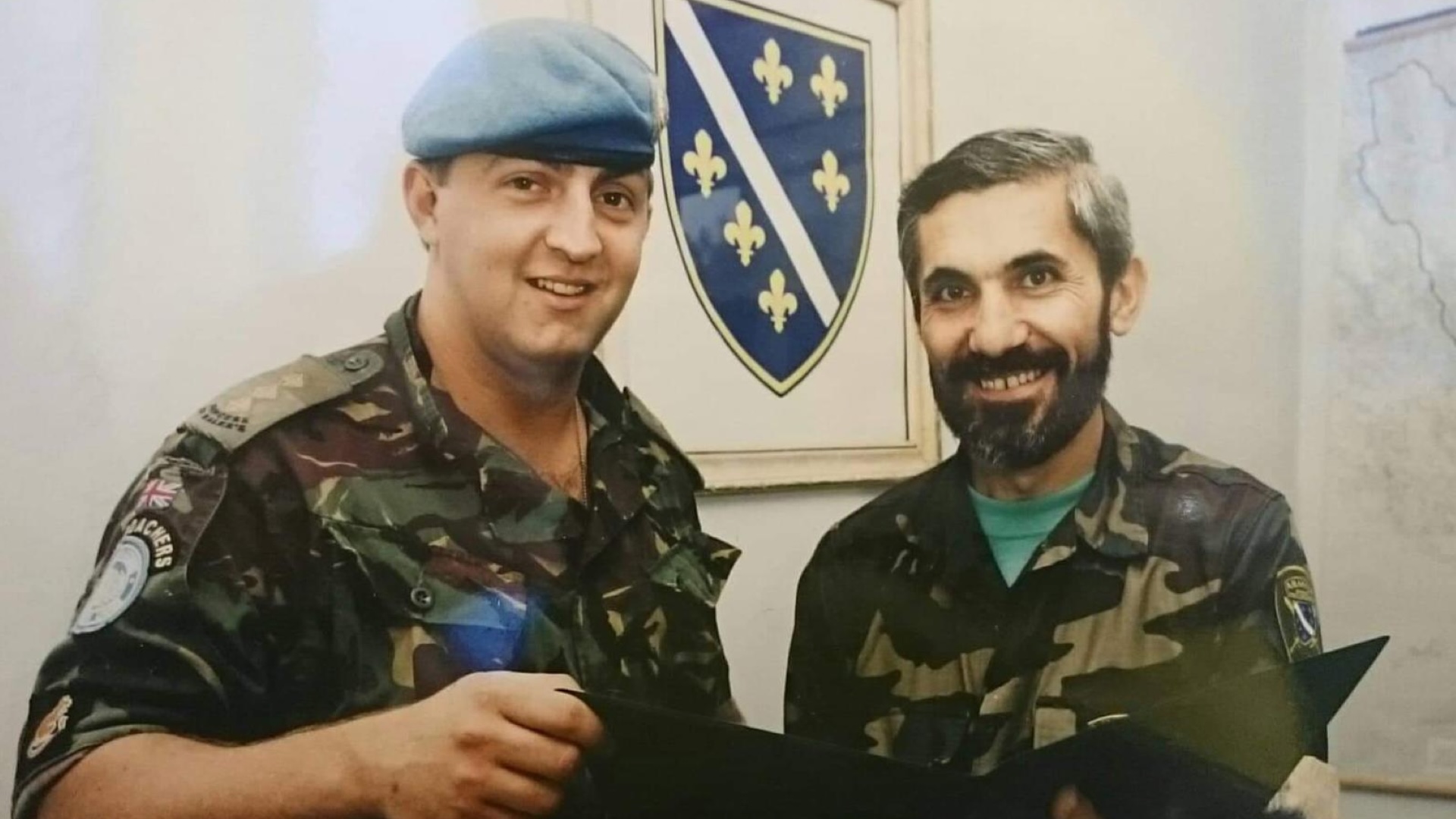wsBlog.
for Veterans by Veterans
In the end we will remember not the words of our enemies, but the silence of our friends.

For those quick to criticise, and especially those who take every word from the BBC or Panorama at face value, it is time to consider the full picture.
Some of you may have seen the recent Panorama episode covering operations by the Special Air Service (SAS) in Iraq. It has raised questions, but as always, context is everything.
One point highlighted was the appearance of EKIA (Enemy Killed in Action) figures in an end-of-tour video created by one of the SAS squadrons. These videos were common at the conclusion of six-month tours and served as a record of operations.
In the case discussed, the video showed that out of 446 enemy individuals identified through intelligence and removed from the battlefield by a single SAS squadron during approximately 180-night operations, only 19 were killed. That equates to just 4 percent.
Let that sink in. Nineteen fatalities from 446 enemy captures in close quarters battle. That level of restraint, discipline, and control is not only exceptional, it is rare.
The alternative, and entirely legitimate approach at the time, would have been to destroy those enemy positions with air strikes. These were terrorists trained by Al Qaeda in Iraq (AQI), a group led by Abu Musab al-Zarqawi. They were often prepared to kill themselves and others without hesitation. Bombing would have posed far less risk to our forces and would have resulted in significantly higher enemy casualties.
But the men of the SAS chose a different path. They deliberately exposed themselves to greater personal danger in order to capture rather than kill, preserving the valuable intelligence these targets carried in their minds, laptops, and mobile phones. That intelligence enabled the tracking and dismantling of wider terrorist networks, saving countless lives in the process.
In early 2005, AQI was detonating around 100 suicide bombs every month in Baghdad. Hundreds of innocent Shia civilians were being murdered by sectarian assassination squads. By the end of 2007, thanks to the combined efforts of US Special Operations Forces and the SAS under the leadership of General Stanley McChrystal, Zarqawi was dead. Suicide bombings had fallen to just one per month, and the Sunni population was actively working against AQI.
That is not just a statistic. It is the outcome of courageous, precise, and incredibly difficult work, the kind of work carried out in silence, far from the headlines, at great personal cost.
These results were not accidental. They were earned by professionals who risked everything. Their sacrifice is remembered on the memorials in Hereford, Fort Bragg, and elsewhere.
Criticism without full understanding is easy. But the truth, built on operational detail, historical context, and the names etched into stone, tells a very different story.

Making the UK the best country in the world to be a Veteran
Previous Post
